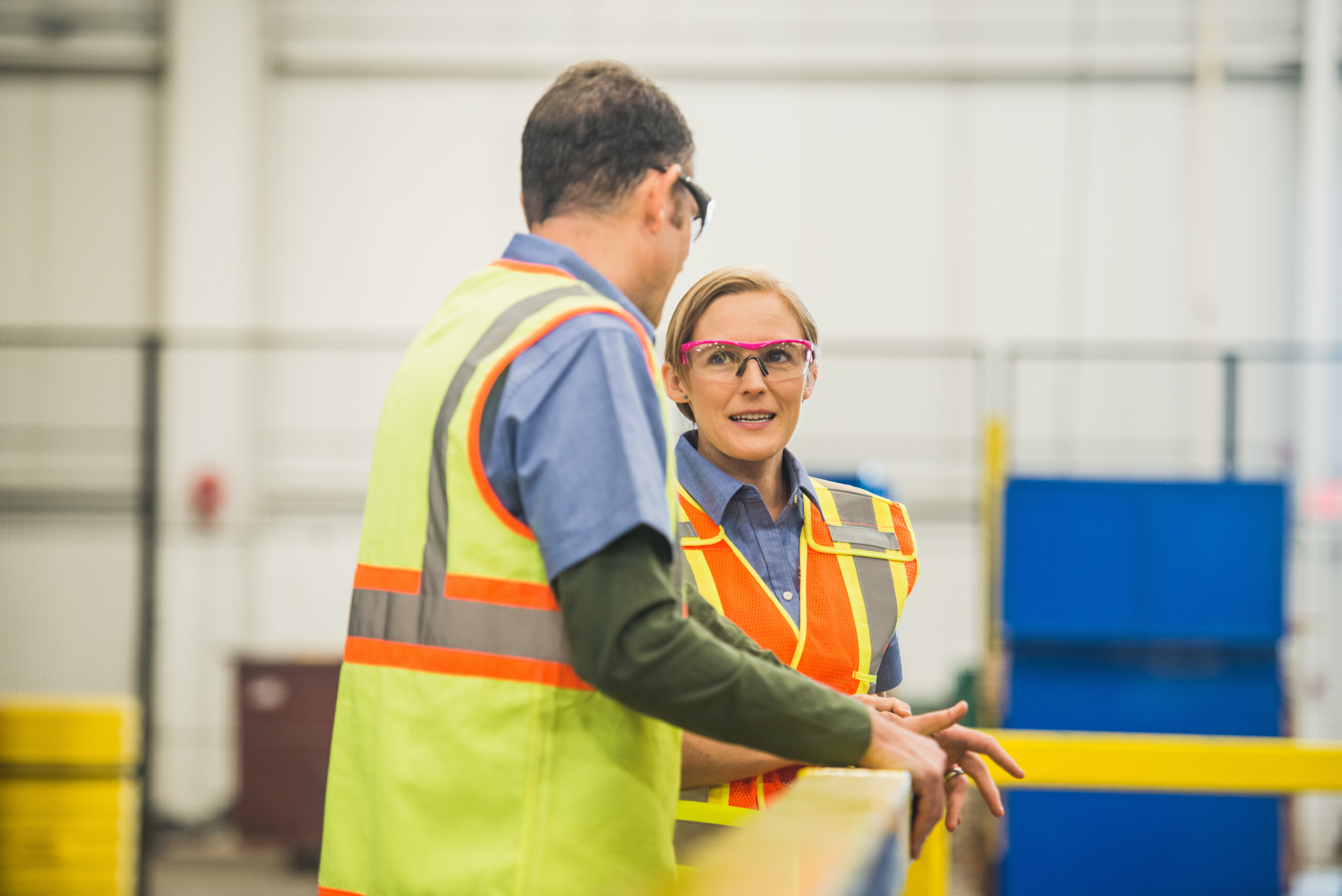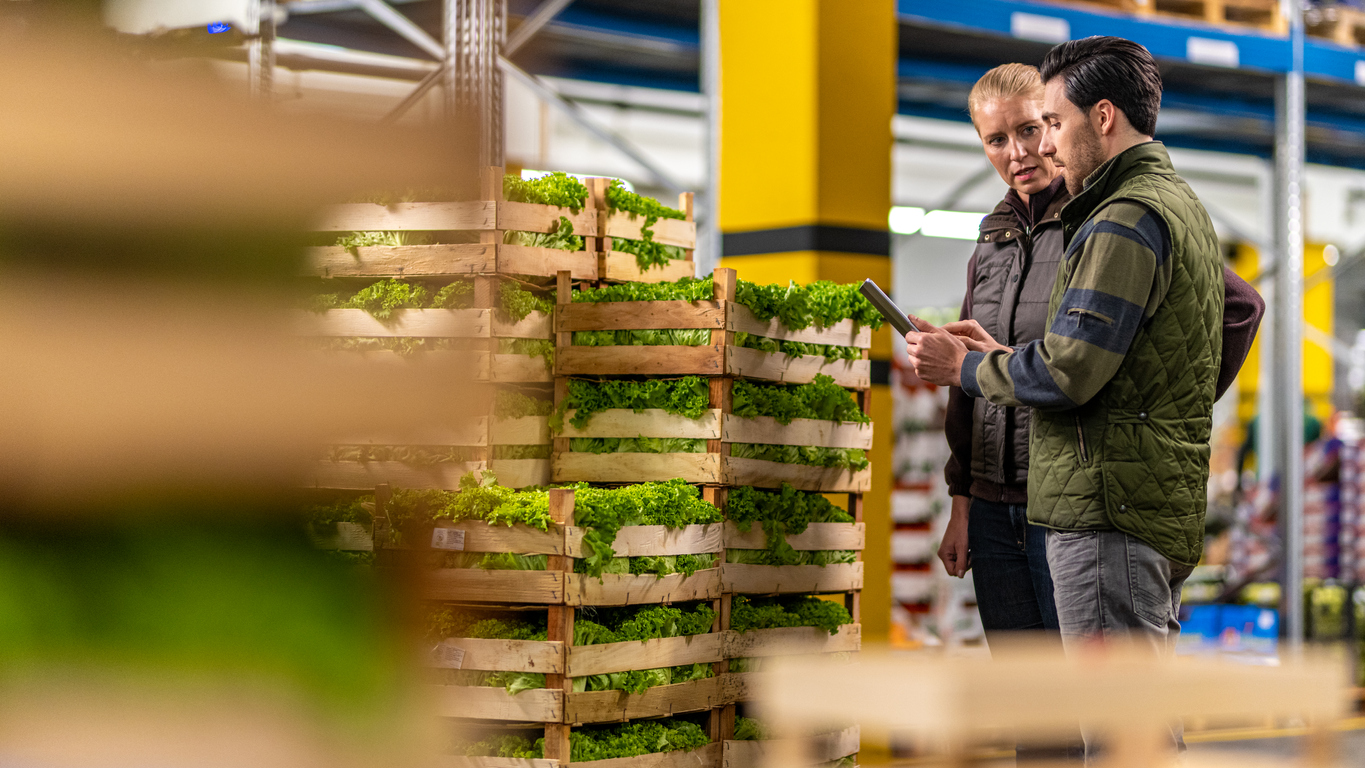3PL Resilience Techniques in Supply Chain Operations
Amplifying Supply Chain Resilience with Advanced 3PL Techniques
Reliable supply chains are essential to economic stability. When raw materials can’t reach manufacturers, production stops. If components are in short supply, fewer finished goods make it to market. As demand exceeds supply, prices rise, and consumers purchase fewer items. The economy slows, which can lead to recessions.
Ensuring reliability requires resilience, which is the ability to recover from known or unknown disruptions to an environment quickly. How that happens is up to debate.
- McKinsey recommends creating structural resilience in the supply chain.
- Deloitte suggests focusing on technology for improved reliability.
- Gartner believes supply chains must reinvent ways to sustain growth despite labor shortages and increased demand for speed and sustainability.
Despite analysts’ recommendations, many organizations lack management support for creating a more resilient supply chain. A Business Continuity Institute’s 2023 report found that interest in supply chain resilience is fading. Despite a disruption rate of 47% from Tier 1 suppliers and a 24% rate from Tier 2 suppliers, the focus remains on cost reduction.
In general, industry observers stress the need for an ongoing focus on resilience. They suggest looking at partnerships with third-party logistics (3PLs) providers and even competitors to ensure a resilient supply chain at a reasonable cost.
Building Resilience with 3PL Partnerships
Not every company has the resources to operate a dedicated supply chain. While big box stores such as Amazon or Walmart may control everything from shipping containers to last-mile deliveries, most businesses rely on third parties for part, if not all, of their supply chain logistics.
They may work with courier services for consumer deliveries and track inventory using spreadsheets. They spend hours managing their supply chain details, leaving little time to worry about resiliency. By partnering with 3PL providers, companies gain access to resilience techniques that strengthen their supply chains.
3PL resilience techniques build structural resilience by integrating technology to streamline operations and deliver predictive inventory management. They evaluate processes to address challenges such as labor shortages, sustainability initiatives, and faster delivery times. Their focus is on strengthening the supply chain for their customers.
Integration for Streamlined Operations
Effective supply chain management involves maximizing warehouse capabilities, ensuring optimum inventory controls, and accurate in-transit tracking. It requires order processing from multiple e-commerce sites and methods of handling returns. These individual systems add complexity to the supply chain.
Integrating these capabilities creates a central point of contact for all processes, where data is shared across the ecosystem for optimal performance. For example, 3PLs that integrate with online marketplaces can accept orders in real-time for online retailers. The integration enables same- or next-day delivery. An integrated distribution network can identify the closest warehouse location with the ordered items so consumers receive their orders as quickly as possible. The same systems allow 3PL companies to pivot if the primary routing has a disruption.
Suppose the transit route between the closest warehouse and the consumer is in the path of severe weather that may delay delivery. Integrated technology could highlight the potential disruption so the delivery can be rerouted, or the item could be sourced from a different location on the network. Having redundant capabilities creates a resilient environment that ensures reliable services.
Analytics for Inventory Management
Integrated systems provide access to network-wide data. The information can report on key performance indicators (KPIs) such as dock-to-stock times, order accuracy, and on-time deliveries. Applying predictive analytics to the data can improve inventory forecasting as its projections are based on accurate data.
Predictive analytics combines historical data with current trends and external factors to anticipate potential demands. It helps organizations balance inventory to avoid stockouts and overstocked inventory. Careful inventory management minimizes the cost of storing unused inventory.
Data analysis can also identify potential risks. The technology can identify bottlenecks before they occur by evaluating historical and current data. For example, the software can look at historical and current transit times for all shipments sharing a given route. It can recognize an increase in travel time of minutes to alert staff to potential disruption.
Using analytics for inventory management improves fulfillment and replenishment efforts. Data on orders, inventory, lead times, and transportation costs can be used to deliver insights on ways to improve efficiencies cost-effectively. With predictive analytics, 3PLs have the resources to pivot as needed to minimize risk for reliable deliveries. It provides a crucial element for building a resilient supply chain.
Process Evaluation for Sustainability and Speed
No industry is more aware of the impact climate change has on the environment than logistics. It lives with the consequences of severe weather as it navigates disruptions to deliver goods on schedule. That makes evaluating how 3PLs operate part of their resilience techniques.
Finding ways to reduce mileage and improve asset usage can reduce operating costs by a third. Providing more accurate delivery times can eliminate extra miles for redelivery. Freight pooling is another option that can save 10% to 15% in costs while reducing carbon emissions. These adjustments in operating models add to a resilient infrastructure that minimizes the risks created by severe weather.
Using environmentally conscious processes does not offset the need for speed. Consumers still want their orders delivered quickly. However, labor shortages threaten the supply chain’s ability to deliver goods quickly.
A recent study found that 48% of 3PL warehouses say that finding and retaining staff is one of their top challenges. Only managing costs ranks higher. As demand exceeds supply, labor costs are likely to rise, adding to the pressure to manage costs. Labor shortage poses a significant threat to supply chain resilience.
3PLs resilience techniques must include crafting a structural resilience by deploying technology to address the challenges facing the logistics industry. They need to evaluate operational processes continuously to effect incremental changes that can strengthen operations. Their efforts will shape the supply chains of the future.
How 3PL Resilience Techniques Shape Tomorrow’s Supply Chain
If nothing else, the last three years have established that the pre-pandemic supply chain model needs to be revisited. According to McKinsey, organizations looking to future-proof their supply chains need to develop resilience, agility, and sustainability. These three capabilities are the focus of 3PL resilience techniques.
Agility
Organizations can be agile but lack resilience. They can pivot quickly to changes in supply or demand without impacting cost or quality. However, the capability to address market changes is not the same as rebounding from disruptions that alter the landscape. These disturbances require more. They necessitate modifications in strategies and technologies.
Resilient supply chains must be agile. They must have the ability to move at the same speed as the consumer. As more consumers look to reviewers and influencers, retailers may find a sudden demand for a little-known product because it appeared on Instagram or TikTok. Agility is what will enable sellers to respond to unexpected product surges.
Agile organizations take advantage of the same technologies that build resilience. They use predictive analytics to manage and forecast inventory. They integrate systems so that data is available across the supply chain for better decision-making. With centralized data, all facets of the supply chain are working from the same set of facts for more consistent operations.
Sustainability
Sustainability encompasses more than carbon emissions and climate change. It includes packaging, recycling, and the circular economy. As environment, social, and governance (ESG) concerns become a part of regulatory requirements, the supply chain’s contribution to a strong ESG presence can impact an organization’s bottom line.
The Security and Exchange Commission (SEC) has proposed ESG reporting requirements for publicly held companies. At the request of many investors, the SEC has proposed ESG disclosure requirements that were scheduled to take effect in 2023. However, implementation is most likely to occur in 2024. With a greater emphasis on environmental impacts, supply chains of the future will need to develop resilient structures that minimize the use of natural resources.
3PL resilience techniques address sustainability requirements by reducing mileage and encouraging freight pooling. They also look for more efficient methods for packaging that can reduce waste and make recycling simple for the consumer. These techniques can even reduce paper usage by deploying technologies that process orders and invoices electronically.
Resiliency
There’s no better example of the value of supply chain resiliency than Toyota. In 2011, Japan was hit by a devastating earthquake and tsunami. As a result, Toyota’s production dropped 78%. While it took the company over six months to return to production, it learned from its past. In 2016, when another earthquake and tsunami hit, the company returned to full production in two weeks.
Toyota’s structural resiliency allowed transparency. The company created a system that identified risks at early stages so that adjustments could be made to avoid a crisis. This resilient infrastructure allowed Toyota to pivot quickly to avoid the semiconductor shortage that plagued the rest of the world.
3PL resilience techniques contribute to strong structural resilience. They integrate technologies to develop seamless operations for optimum performance. As logistics providers, they incorporate best practices for environmental protection to ensure sustainable operations. If you’re looking for a 3PL partner who understands the value of a resilient supply chain, contact us to discuss how we can help.










